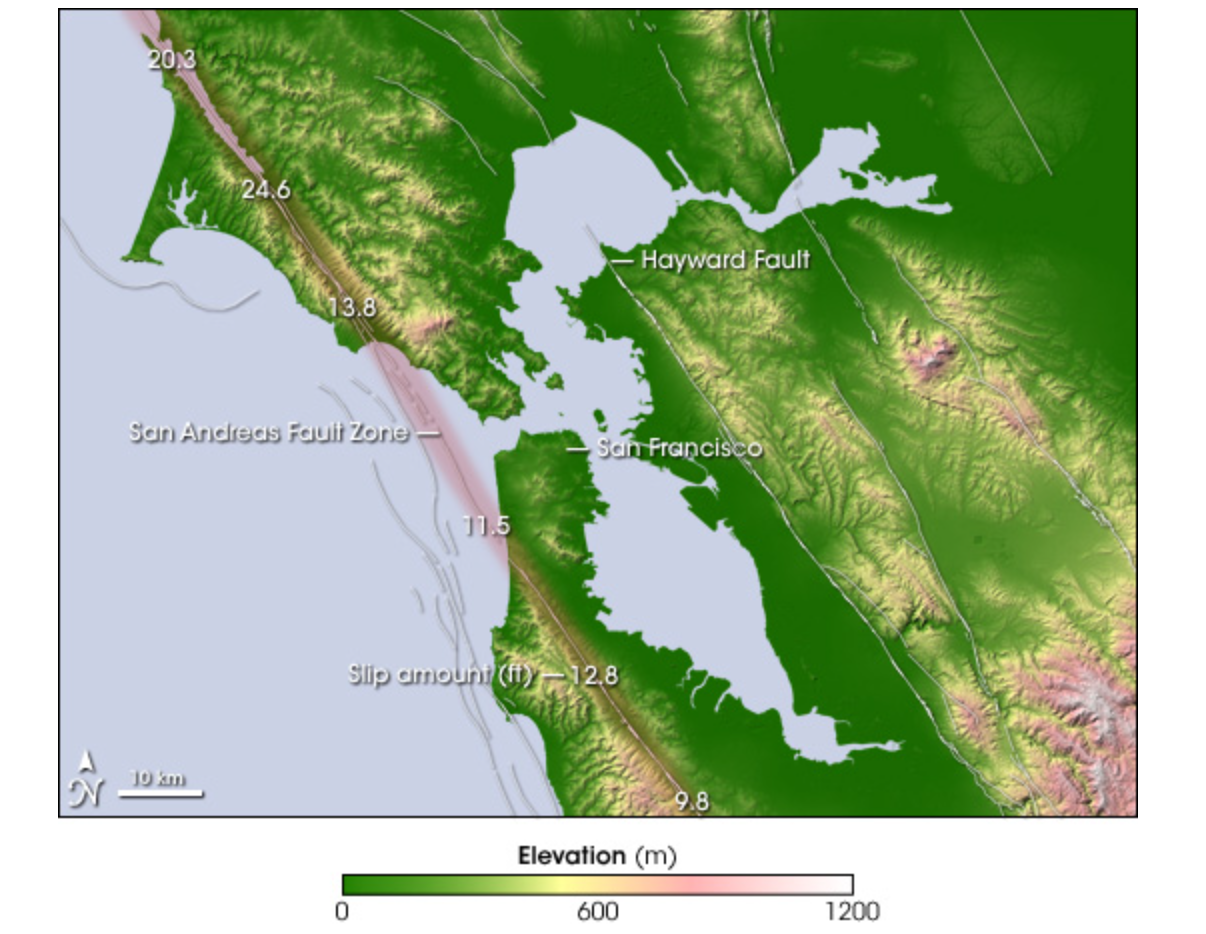San Francisco
On April 18, 1906, at 5:12 AM (local time), the San Francisco Bay area was hit with one of the most significant earthquakes of all time. The shaking lasted from 45 to 60 seconds and was felt from Oregon to Los Angeles and as far east as Nevada. The consequences of this earthquake and the damage it caused have since become known as the most important study of an earthquake because of the great amount of information it provided scientists. Its economic impact is comparable to the damages related to Hurricane Katrina in 2005, nearly 100 years later.
The links on this page explain how engineers study earthquakes and regional geology to determine the best design for buildings located in earthquake-prone areas. Exploring these resources provides information to help you model and test potential earthquake-resistant building designs.
How do scientists use computer models to try to predict earthquakes?
Click to learn!What factors influence the magnitude of an earthquake?
Click to learn!How do soil types and the geology of an area affect the land after an earthquake?
Click to learn!How do earthquakes affect buildings? Trigger an earthquake simulation to see.
Click to learn!How do engineers design buildings that withstand the forces of earthquakes? The importance of design, construction materials and location.
Click to learn!How do engineers use models and earthquake simulations to test designs for earthquake-resistant buildings and structures? (5-minute video)
Click to learn!








